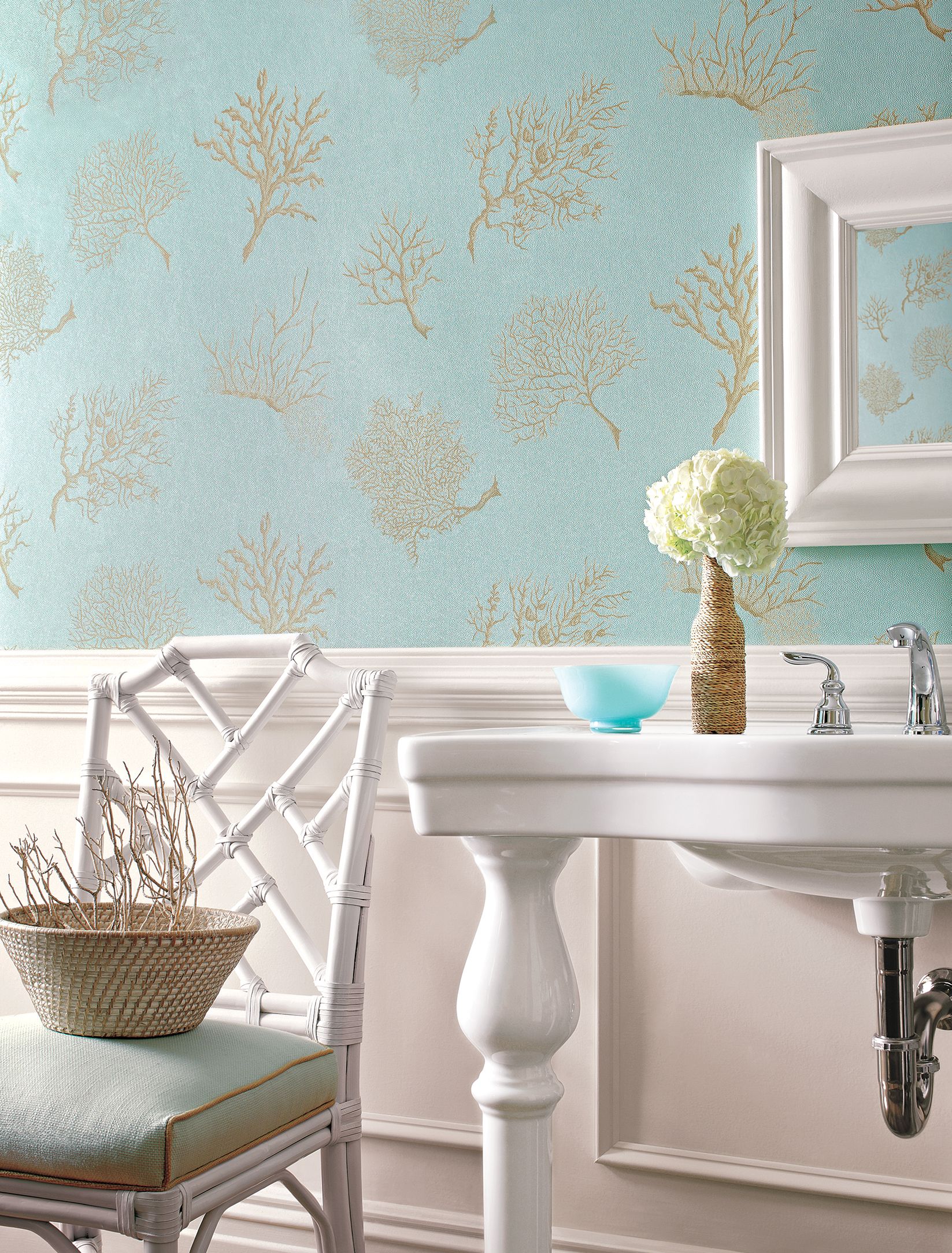
Wallpaper can perk up even the most tired-looking room by adding color, dimension, and patterns. Homeowners can choose everything from beautiful papers that mimic antique 18th-century adornments to 21st-century nonwovens that are made of fused fibers. Either way, the right wallpaper can completely change an interior space. Read about the many different types of wallpaper, how to choose the right variety, and how to estimate costs in our guide below.
Wallpaper Key Details:
- Cost: Retail brands start at $25 a roll, and can get much more expensive depending on the design, material, and square footage.
- DIY: Homeowners can hang nonwoven papers without special training, but should hire pros if a room’s corners aren’t plumb or the paper they’re using is high-end. Painting and decorating contractors charge $25 to $80 to hang a roll, but removing old paper is usually a separate expense.
- Longevity: How long wallpaper lasts depends on the type of paper it’s made out of and how much sunlight, moisture, and wear it incurs. Most varieties last 15 years, but simple-to-remove papers allow homeowners to update wallpaper more frequently.
- Maintenance: Use warm water and a natural sponge to clean wallpaper. Tamp it dry with a lint-free cloth. If you’re dealing with tough stains, use a mild detergent or rubbing alcohol. Keep grasscloth fresh by vacuuming it.
*Cost data in this article sourced from Angi.
Wallpaper Materials
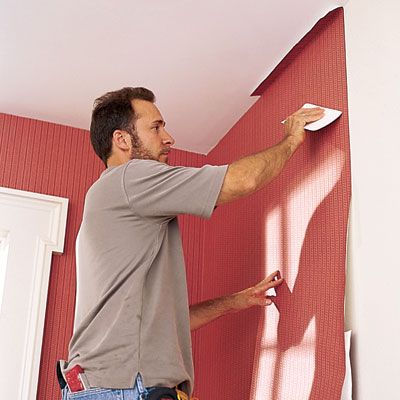
Wallpaper is available in various materials, and each has unique characteristics. Understanding each will help you to select the right wallpaper for your space.
Nonwoven Wallpaper
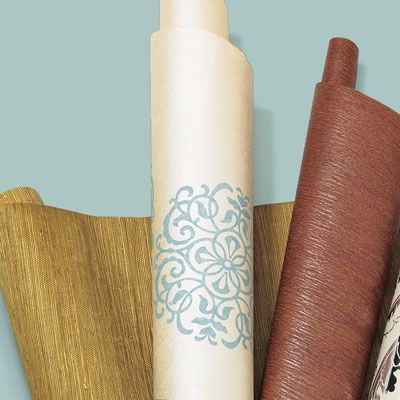
Shown: Product No. 601-58477, Brewster Home Fashions for dealers
This stable, porous material is made of synthetic and paper fibers. Homeowners can ink them directly or cover them with vinyl, metallic foils, grasscloth, or flocked patterns. It is easy to hang and strip.
Embossed Wallpaper
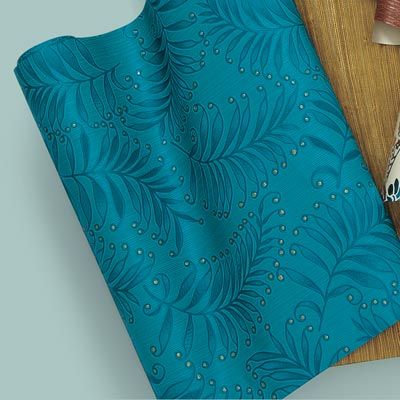
Shown: Fern in Teal, vinyl on a paper backing, Graham & Brown
This wallpaper features raised patterns in vinyl or paper, and it masks damaged surfaces. It can protect walls that get bumped.
Vinyl Wallpaper
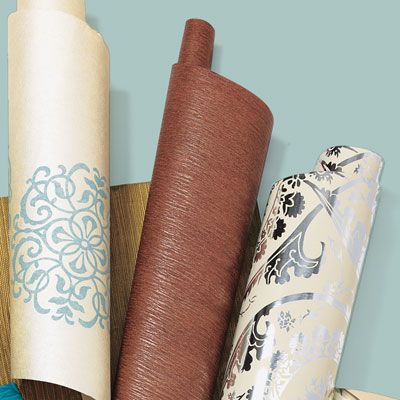
Vinyl wallpaper is a type of rubbery plastic that’s durable and resistant to moisture. Vinyl sheets are laminated to fabric, paper, or nonwoven backings. This type of wallpaper is best for high-traffic areas such as hallways and kitchens, as it can withstand scrubbing, scrapes, and splashes.
Metallic Wallpaper
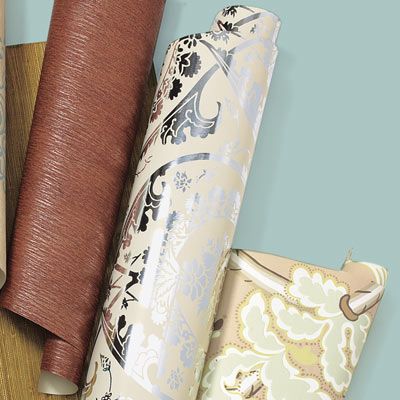
Shown: Maestro in White and Silver, metallized film on paper, York Wallcoverings for dealers
Foils and metallized films, such as Mylar, are laminated to either paper or nonwoven backings. Metallics add shine to small spaces, though they can also highlight wall flaws.
Paper Wallpaper
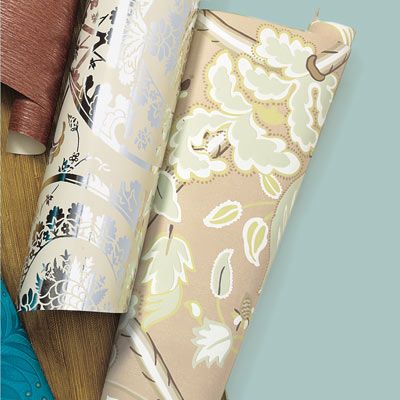
Shown: Denmark in Green and Beige, with vinyl coating, Thibaut for dealers
Homeowners can leave traditional paper wallpaper as is, or coat it with a thin vinyl or acrylic film for better resistance to moisture and stains. Uncoated papers are delicate and difficult to strip.
Grasscloth and Natural Fiber Wallpaper
Grasscloth and other natural fiber wallpapers add depth and warmth to rooms, but they’re very delicate, and you must handle them gently. They work best in low-traffic areas in which they won’t be at risk of damage.
Selecting Wallpaper
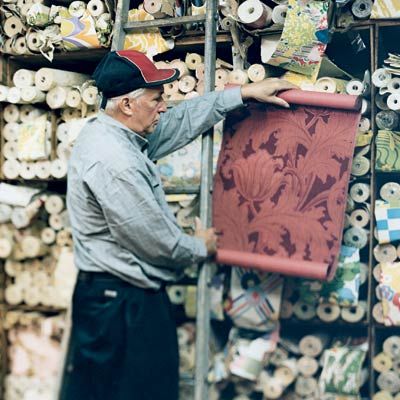
If you’re looking for the right wallpaper, browse patterns on manufacturers’ websites, then order samples, rolls, and swatch books so that you can feel a certain paper’s texture.
Some makers sell directly to the public online, while others refer you to third-party online boutiques, such as Walnut Wallpaper. You can find wallpaper at interior-design showrooms or paint shops such as Sherwin-Williams. Big-box stores such as Lowe’s and The Home Depot sell select papers in stores, but put most of their offerings online.
Most sites provide interactive software that allows you to visualize how a certain paper will look on your walls. It also helps you to calculate how much you’ll need. Wallpaper rolls vary in width and length, so you have to find the square footage of each roll to successfully compare prices and buy the right amount.
How Much to Buy
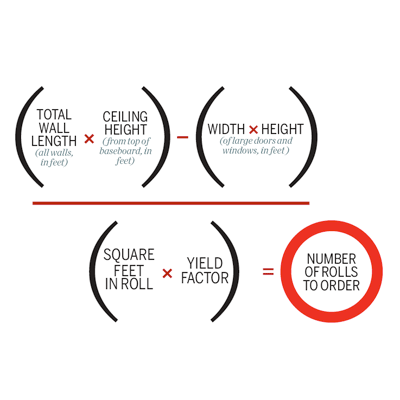
To find out how much wallpaper you need to buy, determine the square footage of your walls, and subtract any double doors or large window openings. Divide this number by the roll’s square footage, reduced by a yield factor. This factor accounts for the waste, which increases as the pattern repeat gets bigger.
If the pattern repeats every 0-6 inches, the yield factor is .83.
If the pattern repeats every 7-12 inches, the yield factor is .73.
If the pattern repeats every 13-18 inches, the yield factor is .67.
If the pattern repeats every 19-23 inches, the yield factor is .60.
Say, for example, you need to wallpaper 300 square feet. The wallpaper you’ve chosen is available in 56-square-foot rolls. The pattern repeats every 6 inches. Multiply the size of the roll (56) by the yield factor (0.83). Divide the room size (300) by the result (46.48) to get 6.45. This means you should purchase 7 rolls.
Eco-Friendly and Health-Conscious Wallpaper Options
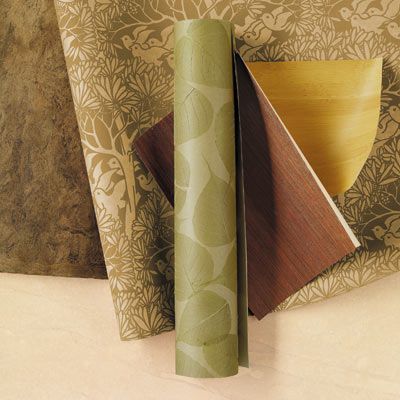
Wallpaper companies now offer products that are friendly to your lungs and the planet in response to concerns about indoor air quality. Consider the following options:
- Acrylic coatings: These replace vinyl coatings, which can off-gas volatile organic compounds and plasticizers. Some vinyl coatings may contain trace amounts of heavy metals, such as lead and cadmium.
- Water-based inks: Oil-based inks contain VOCs, and water-based inks are healthier alternatives.
- Greenguard certification: This certification means that a lab has tested this type of paper or adhesive and determined that it shows little to no formaldehyde, VOCs, respirable particles, heavy metals, or toxic additives.
Wallpapering Tips

Installing wallpaper properly is the key to achieving a professional-looking result. The process may vary depending on your particular wallpaper. Below are some common installation methods:
- Wheat paste: As part of this traditional installation, you or your pro mix a flour-based powder with water and apply it to the paper’s backing. This is suitable for historic uncoated papers and grasscloth.
- Premixed vinyl: Premixed vinyl is sold in buckets and ready to apply. Clear premixes work with most wallpaper types. Some metallics, vinyls, and vintage papers require a clay-based premix.
- Prepasted: This adhesive is factory-applied. Activate the glue by soaking the paper briefly in warm water, then simply hang it.
- Peel-and-stick: To reposition or remove these vinyl coverings, just pull them off the wall as if they’re giant decals.
Keep the tips below in mind no matter which type of wallpaper you select.
- Align patterns from strip to strip to hide seams.
- Cut the wallpaper strip so that about 1/8 inch covers the adjacent wall. Butt the edge of the next strip tight into the corner.
- Edges that overlap leave bumps. To get tight seams, push strips together, then go over them lightly with a smoothing tool, but don’t squeeze adhesive out of the seam. Liner paper helps seams stay tight and flat.
- Fill nailheads, nicks, and cracks, then sand them flush. You can hang thick white liner paper as an alternative. Really rough surfaces may require bridging liners. Run both liners on the wall horizontally.
- Flatten paper that you’ve just installed with a plastic smoothing tool, not a brush.
- Make a plan to keep patterns intact next to doors, windows, and the ceiling. Hold a strip against the wall to determine its best top-to-bottom position. Mark the points at which each strip will land. Adjust the layout from side to side. Carefully align patterns at the seams.
- Mark the starting line with a plumb bob or level, and check the edge of each strip whenever you turn a corner.
- To prevent peeling, wrap paper over projections such as bump outs so that seams land at least 6 inches from outside corners.
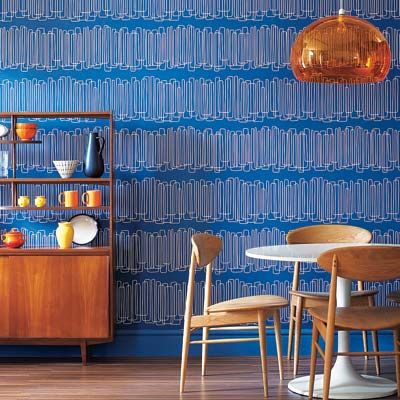
Shown: Loopy Lines in Rock-a-Billy Blue, on paper, Graham & Brown
Wallpaper Removal Tips
When it’s time to remove your wallpaper, start by scoring the wallpaper to allow water or removal solution to penetrate. Use a steamer to loosen adhesive if the paper is stubborn. Nonwoven papers are easy to remove, and typically come off in full strips. Always protect floors and nearby furniture as you remove wallpaper.
Preparing Surfaces for New Wallpaper
Before you apply new wallpaper, make sure you’ve properly prepared your walls. Remove any remaining adhesive that the previous wallpaper left behind and patch holes and cracks. Sand the walls to create a smooth surface. Apply a primer if it’s necessary.
Wallpaper Ideas and Inspiration
If you’re not sure which type of wallpaper to choose, check out the photos and suggestions below for inspiration.
Room: Kitchens
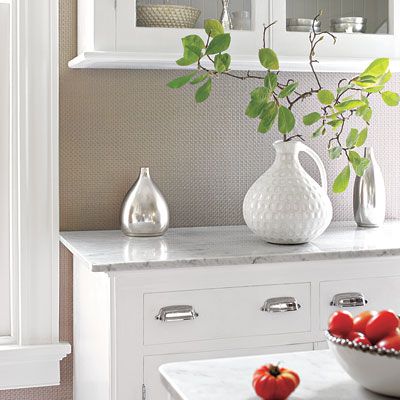
Shown: Granada Weave, vinyl on paper backing, Thibaut for dealers
Vinyls stand up to grease, moisture, and repeated cleaning better than uncoated paper or grasscloth. Here, a solid neutral tone with a woven texture makes the white cabinets pop.
Room: Bathrooms
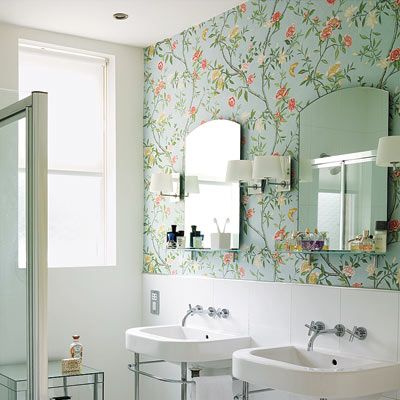
Bathrooms are an ideal spot for bold prints, such as this botanical print. Pair nonwovens with a mildew-resistant adhesive so that your wallpaper is breathable. Remember to always run the bath fan to whisk away steam.
Room: Entry Halls

Shown: Marble Ashlar, uncoated paper, Adelphi Paper Hangings
The best options for entry halls are embossed vinyls and nonwovens. The historic-reproduction wallpaper shown here was popular in 19th-century entry halls, as homeowners could cut out damaged areas and patch in individual stones.
Room: Dining Rooms
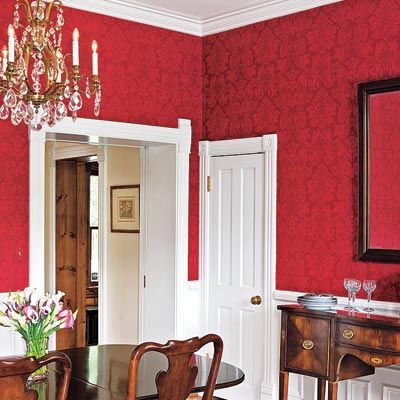
You can use wallpaper as a continuous background in a dining room, or as a decorative accent on just one wall, depending on a room’s size and formality. Consider a delicate flocked or historic paper, as durability is not as important in a dining room as it is in other rooms.
Room: Bedrooms
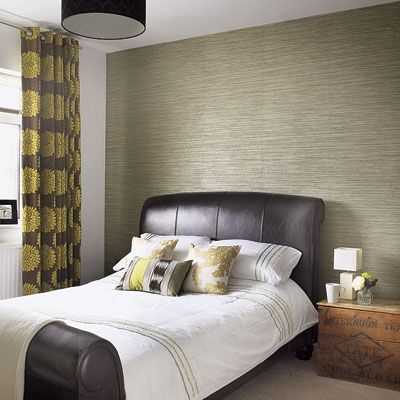
A bedroom is a good place to try out grasscloths and velvety flocked papers. If you want a serene effect, choose subtle patterns and cool or earthy colors.
New Ideas: Room within a Room
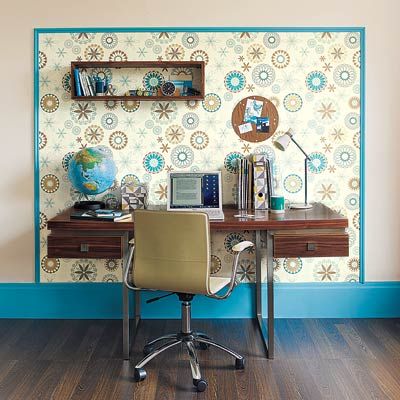
Similar to shown: Lacework in Ocean, nonwoven, Graham & Brown
You can isolate a small section of a room by adding an eye-catching print on a patch of wall. Here, wallpaper separates a computer area in a bedroom.
New Ideas: Panel Insert
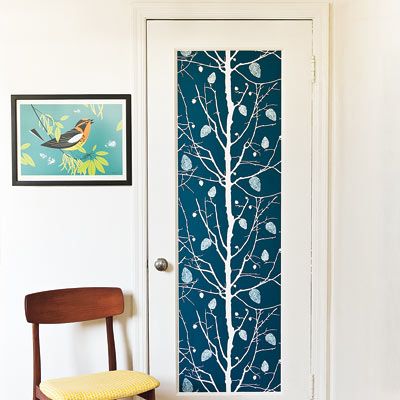
Shown: Family Tree in Petrol, nonwoven, Ferm Living for dealers
Highlight a recessed door panel with a whimsical strip of wallpaper. Choose small patterns for multiple panels, and large ones for single panels such as the one above.
New Ideas: Colorful Walk-Up
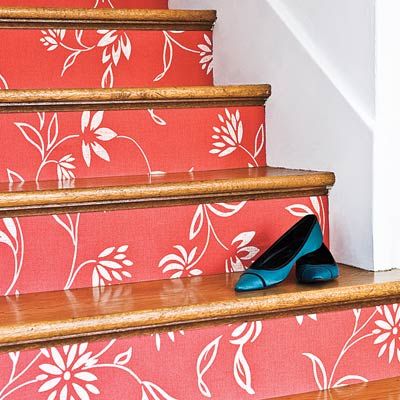
Similar to shown: The Ringwold Papers, uncoated paper, Farrow & Ball
Papered risers draw attention to this typically unnoticed feature on a stairway. Stairways are wider than rolls, so choose a pattern that can run horizontally.
New Ideas: Easy Wainscot
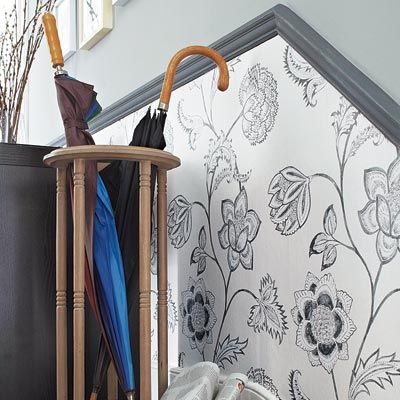
Similar to shown: Peony in Black and White, embossed paper with a vinyl coating, $60 for a 56-square-foot roll; Graham & Brown
Paper beneath a chair rail to create a low-cost wainscot. Embossed types hold up well in high-traffic zones, such as stairways.
New Ideas: Bright Backdrop

Similar to shown: Tropical Birds, paper with a vinyl coating, York Wallcoverings for dealers
Installing wallpaper inside a glass-front cabinet or open shelving adds an inviting depth and highlights the contents.
Historic Wallpaper
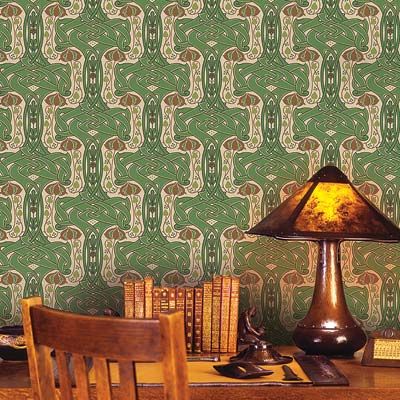
Historic wallpapers, which are available at Adelphi Paper Hangings, Farrow & Ball, and Bradbury & Bradbury Art Wallpapers, recreate the look and feel of antique models with silk-screening or block printing.
Making these heritage papers is a slow, expensive, and labor-intensive process, and hanging them usually requires a skilled professional. Its visual appeal is frequently worth the cost, though
Pattern: Gilded Birds
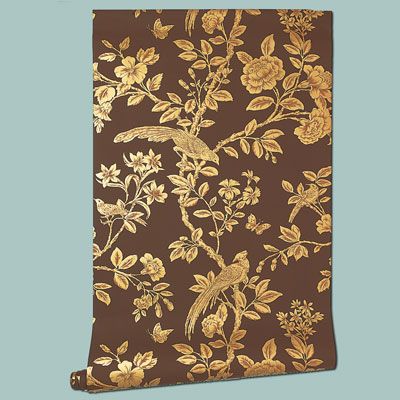
Shown: Soraya in Metallic on Dark Brown; Thibaut for dealers
Show off this rich coffee-and-gold branch print in a room that can highlight its sizable pattern.
Pattern: Bucolic Scene
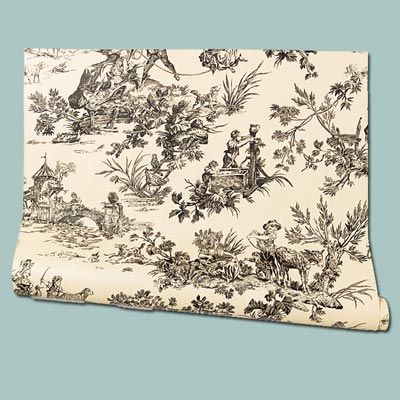
Shown: Product No. 283-45700; Brewster Home Fashions for dealers
Tradition marries technology across this vintage-style toile that’s printed on a nonwoven sheet.
Pattern: Wild Grasses
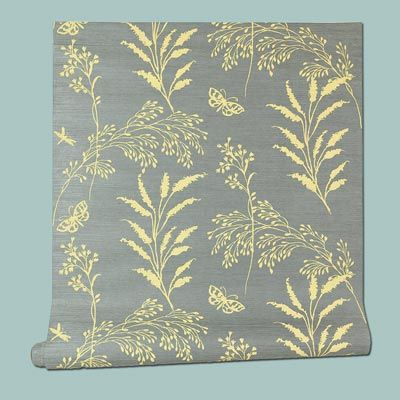
Shown: Grasses in Blue; Thibaut for dealers
This naturalistic, block-printed grasscloth has a paper backing and features water-based inks.
Pattern: Gingko Leaves
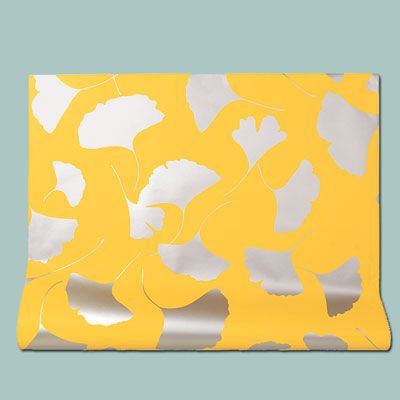
Shown: Leone; York Wallcoverings for dealers
This metallic ink, which is on paper that features a vinyl coating, gives these leaf silhouettes a silvery shimmer and retro appeal.
Pattern: Floral Damask
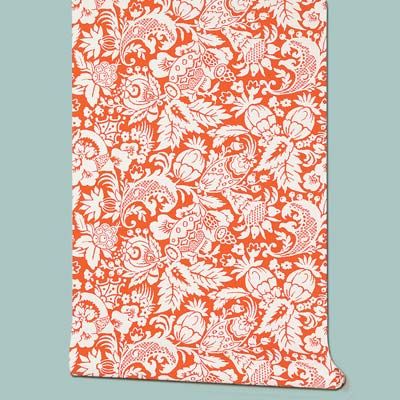
Shown: Bali; Brewster Home Fashions
Busy botanical patterns, such as this print on paper with an acrylic coating, have been stylish since the 1600s.
Pattern: Tidy Stripes

Shown: Resort Stripe; Brewster Home Fashions for dealers
You can hang this paper, which features acrylic coating, horizontally or vertically depending on whether you want a contemporary or traditional look.
Pattern: Textured Leaf
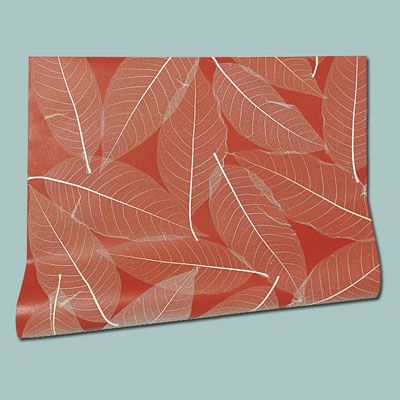
Shown: Natural Leaves; York Wallcoverings for dealers
This paper features the laminated skeletons of real magnolia leaves.
Pattern: Mod Branches
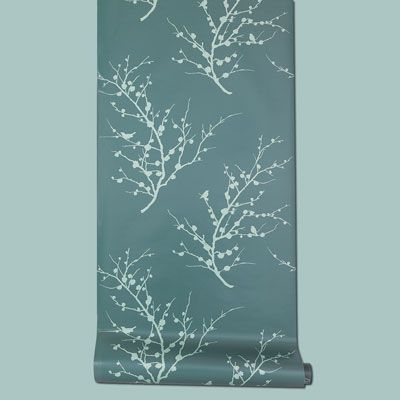
Shown: Edie Spanish Moss; Tempaper
You can very easily reposition this temporary peel-and-stick vinyl, which makes it ideal for renters and those who follow trends.
Pattern: Golden peony
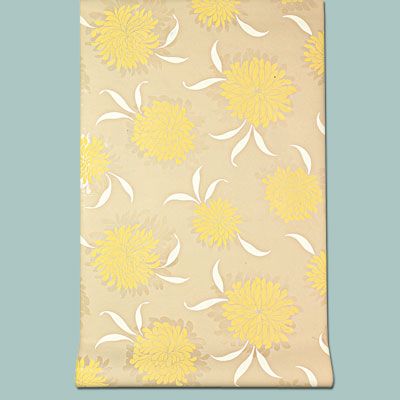
Shown: Marianna; York Wallcoverings for dealers
You can wash this floral print, which is printed on vinyl with a paper backing.
Pattern: Silvery Chintz
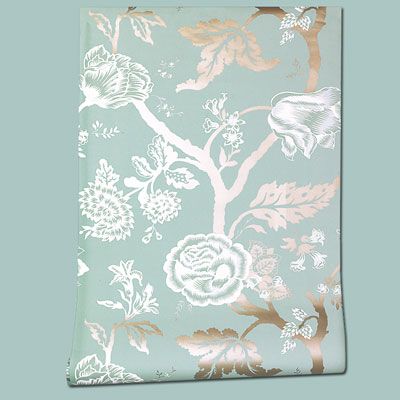
Shown: Metallic Floral Fantasy; Lowe’s
This nonwoven wallpaper has a blue-and-white floral design that’s printed in metallic inks.
Pattern: Deco Glam
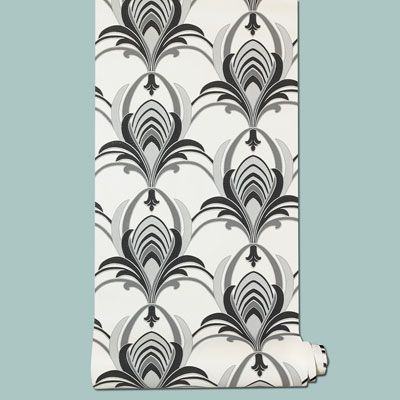
Shown: Glamour (in Black & White); Graham & Brown
The bold Art Deco pattern is embossed onto vinyl and has a paper backing. The pattern repeats every 12 1/2 inches.
Pattern: Arts and Crafts
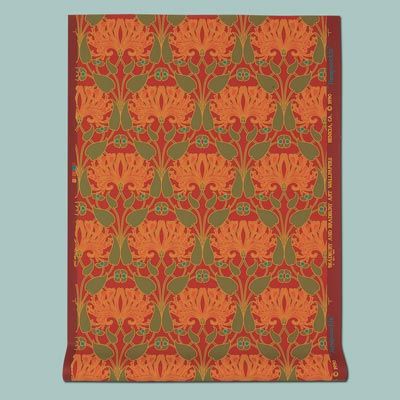
Shown: Ruby Honeysuckle; Bradbury & Bradbury Art Wallpapers
This earth-toned botanical print, which is silk-screened onto uncoated paper, captures the early-1900s Craftsman style.
Pattern: Colonial Vine
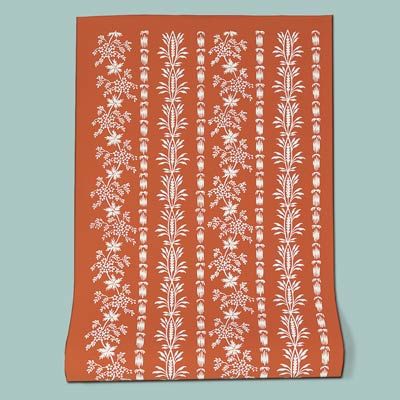
Shown: Concord Stripe and Vine; Adelphi Paper Hangings
This 18th century-inspired botanical stripe features block prints on uncoated paper.
Pattern: Lacy Lattice

Shown: Toile Trellis; Farrow & Ball
This floral, uncoated paper features block printing with old-fashioned machines.
